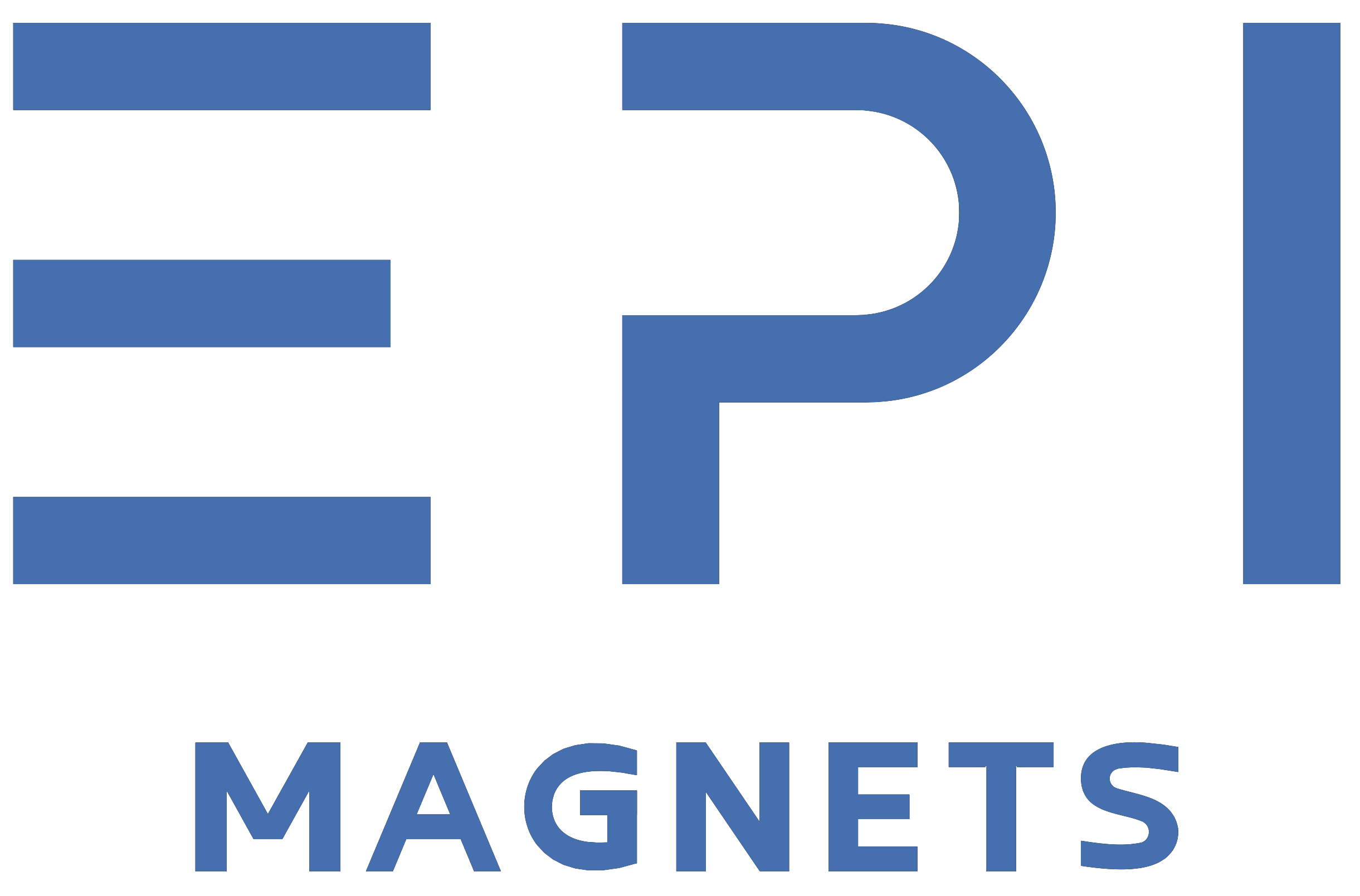Introduction to Speaker Magnets
Speakers are intricate devices that play a crucial role in audio technology by converting electrical energy into sound. The type of magnet used in a speaker significantly influences its performance and sound quality. Classification of speakers can be based on the magnetic circuit structure (internal magnet vs. external magnet) and the principle of sound generation (dynamic, electromagnetic, piezoelectric, and electrostatic).
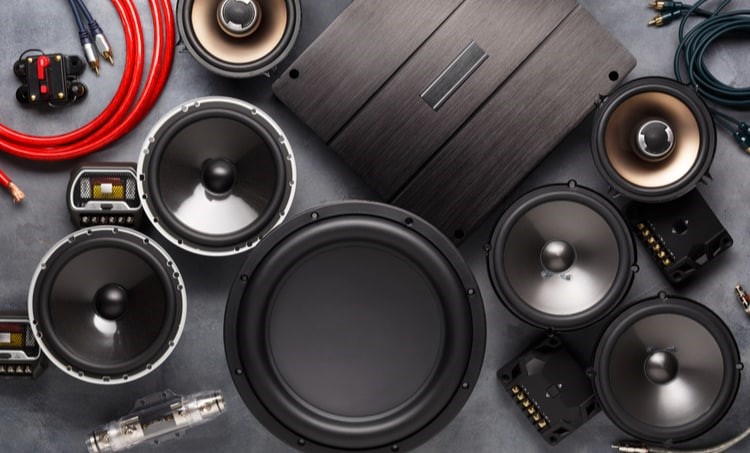
Evolution of Speaker Magnet Technology
Initially, dynamic speakers relied on electromagnetic drive mechanisms due to the limited availability of high-performance permanent magnets. This changed with the development of alnico magnets, allowing for a transition to permanent magnet drives. This shift marked a significant improvement in the sound stability and authenticity of speakers, laying the groundwork for modern audio technology.
Basic Structure and Working Principle of Speakers
A speaker typically consists of a vibration system (including the cone and voice coil), a magnetic circuit system, and various auxiliary components. The magnetic circuit, comprising T-yokes, washers, and the magnet, forms the heart of the speaker.
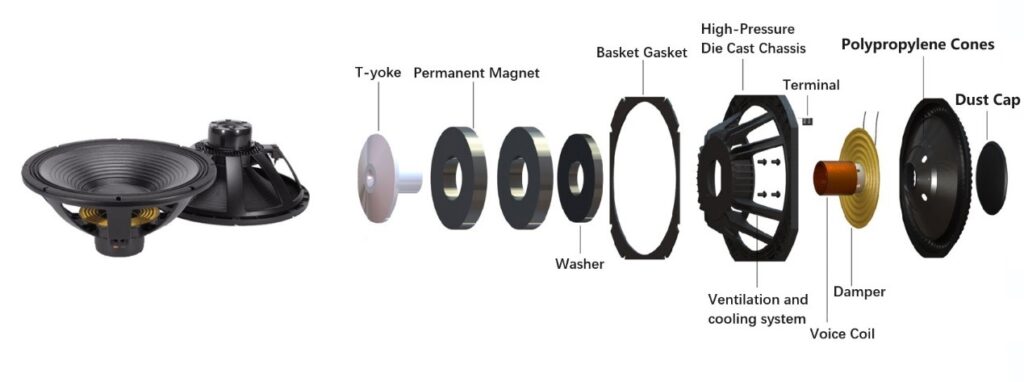
The speaker operates on the principle of electromagnetic induction. An alternating current through the voice coil generates a corresponding magnetic field, which interacts with the static field of the magnet. This interaction causes the coil, and thus the connected cone, to move, creating sound waves through air vibration.

Innovations in Speaker Magnet Materials
The choice of magnet material in a speaker is pivotal for sound quality. Initially dominated by alnico magnets, speaker technology evolved with the introduction of sintered ferrite and sintered neodymium-iron-boron (NdFeB) magnets.
Alnico Magnets: These were the first permanent magnets used in speakers, primarily for internal magnet designs. Although they represented a leap forward in technology, alnico magnets had limitations, including lower power and a narrower frequency range, affecting the speaker’s versatility.
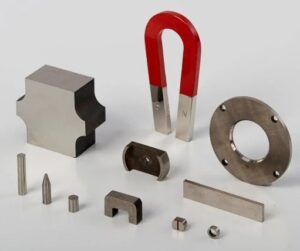
Sintered Ferrite Magnets: These magnets provided a cost-effective alternative to alnico. However, due to their lower magnetic performance, larger volumes were necessary to achieve the required driving power in speakers. Ferrite magnets are commonly found in larger, external magnet speakers but share similar limitations in power and frequency range as alnico magnets.
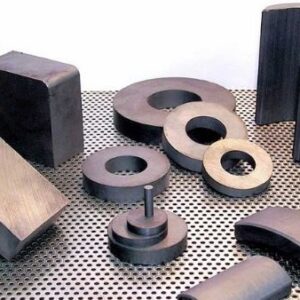
Sintered NdFeB Magnets: Representing a significant advancement, NdFeB magnets offer superior magnetic performance. Their higher power and efficiency enable compact designs without sacrificing sound quality. Today, NdFeB magnets are widely used in various speaker types, from small personal devices to large professional audio systems.
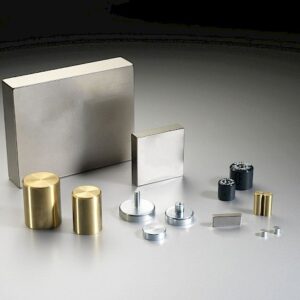
Conclusion
The development and refinement of speaker magnets have been instrumental in advancing audio technology. From the early days of alnico to the modern use of NdFeB, the evolution of magnet materials has paralleled improvements in sound quality and speaker efficiency. As technology continues to advance, we can expect further innovations in speaker magnet materials, driving the future of audio technology towards even higher fidelity and performance.
